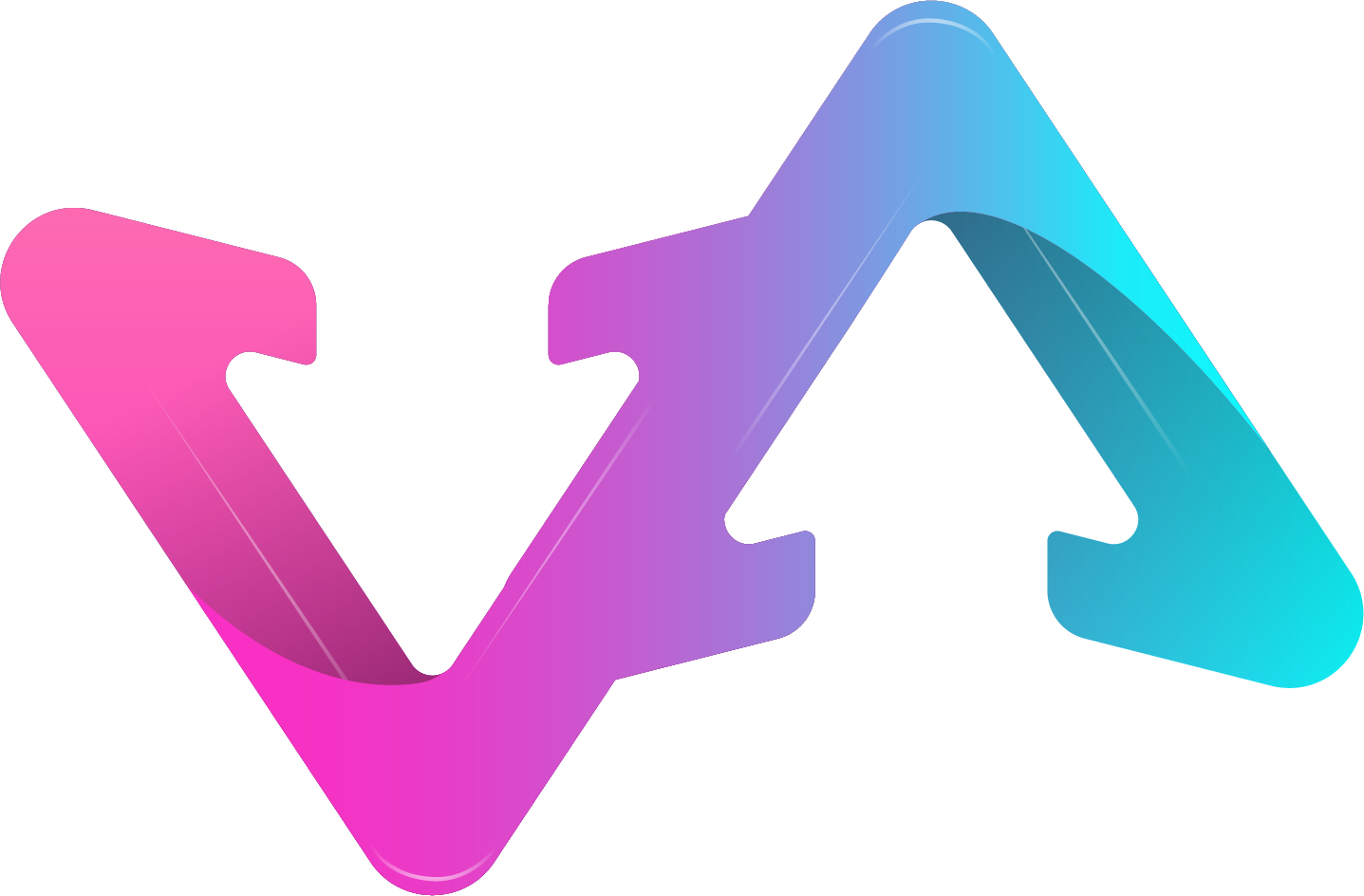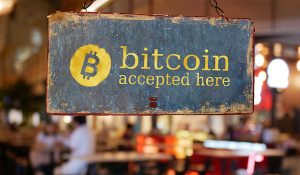Despite the fact that Ripple and XRP cryptocurrencies have a fairly long history, many people are still not quite sure what the relationship is between the two.
In 2005, Ryan Fugger, a Canadian programmer, introduced a new financial service that allowed members of an online community to send money securely to each other over a global network. At the time, however, the system was a long way from using blockchain technology.
Ripple was born out of an evolution of the OpenCoin system created by Fugger, the idea for this transformation came from the mind of American programmer and entrepreneur Jed McCaleb, and the system itself was built by programmers Arthur Britto and David Schwartz.
What exactly is Ripple and how is it related to the cryptocurrency XRP?
Most cryptocurrencies, including ether and bitcoin, which are among the largest, are the counterpole to the traditional financial system and were designed to replace it. In contrast, Ripple and its network cryptocurrency XRP were created to improve the traditional financial and banking transaction system.
It does this by standardising communication between different independent banks and financial service providers through a standardised protocol. This standardised communication in turn enables it to offer faster and cheaper transactions to user banks.
Ripple itself is a transaction network that helps to facilitate the operations of financial service providers and banks. XRP is the cryptocurrency used on the Ripple network. The crypto world’s high hopes for this venture are shown by the fact that XRP is consistently ranked among the top ten cryptocurrencies in the world with the highest market capitalisation.

What is XRP?
XRP is the cryptocurrency of the XRP Ledger, which also forms the basis of the Ripple network. Unlike the others, the XRP blockchain is not fully decentralised. The software can be downloaded and used by anyone to monitor the operation of the system. However, the system defines the unique nodes that allow users to approve transactions.
While most cryptocurrencies, including the most popular ones such as bitcoin and ether, can be mined continuously, the entire amount of XRP has been pre-mined. From this pre-mined pool of 100 billion coins, specific amounts are released at certain intervals.

Advantages of the XRP cryptocurrency and Ripple network
Transactions on the network are approved extremely quickly, typically within seconds. This is much faster than the days or even minutes or hours it takes traditional banks to approve transactions in the crypto world.
The transaction fees of the Ripple network are extremely low, making it highly beneficial for both users and institutions. The network can be used not only with XRP, but also with other cryptocurrencies or even fiat currencies. That being said, XRP is essentially the native coin of the system, and as many larger institutions are already taking advantage of the system, the value of XRP could increase as Ripple grows.




